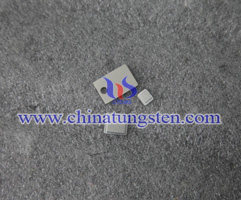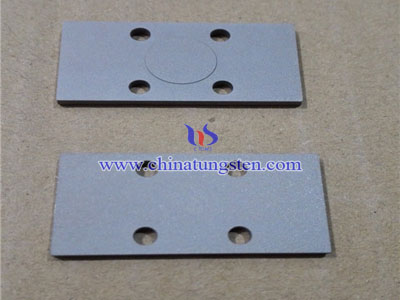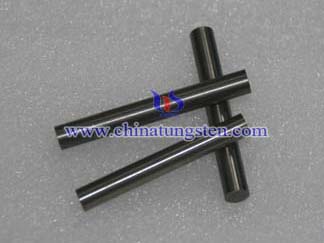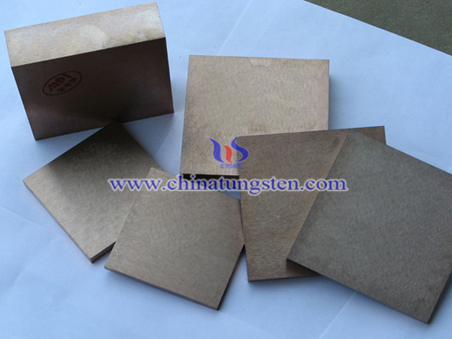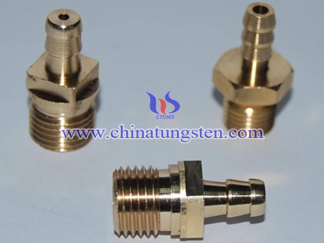Tungsten Copper Heat Spreader Applications
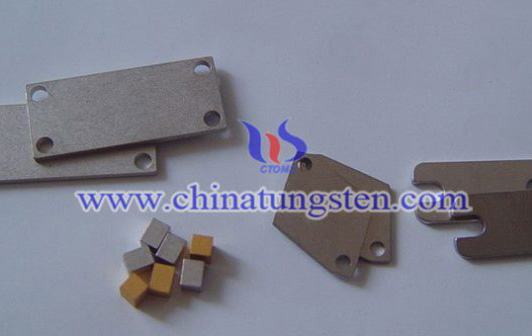
Heat spreader performs the task of quickly removing heat generated in optoelectronic and electronic chips. Heat-spreaders remove the heat by thermal conduction to a heat sink. The heat-spreader also as it's name suggests spreads the heat from the smaller area of the chip to the larger heat sink. Heat-spreaders with better performance have a lower temperature drop across their thickness and width and spread the heat flux over a much wider area.
Applications where heat spreaders are essential for device performance and reliability include laser diodes, laser diode arrays, LEDs, RF power transistors and other high power electronics. Optoelectronic device reliability and optical performance, such as emitted light wavelength and conversion efficiency, are dependent upon the "junction temperature" on the chip. Electronic device reliability and performance efficiency is also temperature dependent. In both cases, the lower the junction temperature the better is the device performance and longer the device lifetime.
A heat spreader is generally used if and only if the heat source tends to have a high heat-flux density, (high heat flow per unit area), and for whatever reason, heat can not be conducted away effectively by the secondary heat exchanger. For instance, this may be because it is air-cooled, giving it a lower heat transfer coefficient than if it were liquid-cooled. A high enough heat exchanger transfer coefficient is often sufficient to avoid the need for a heat spreader.

